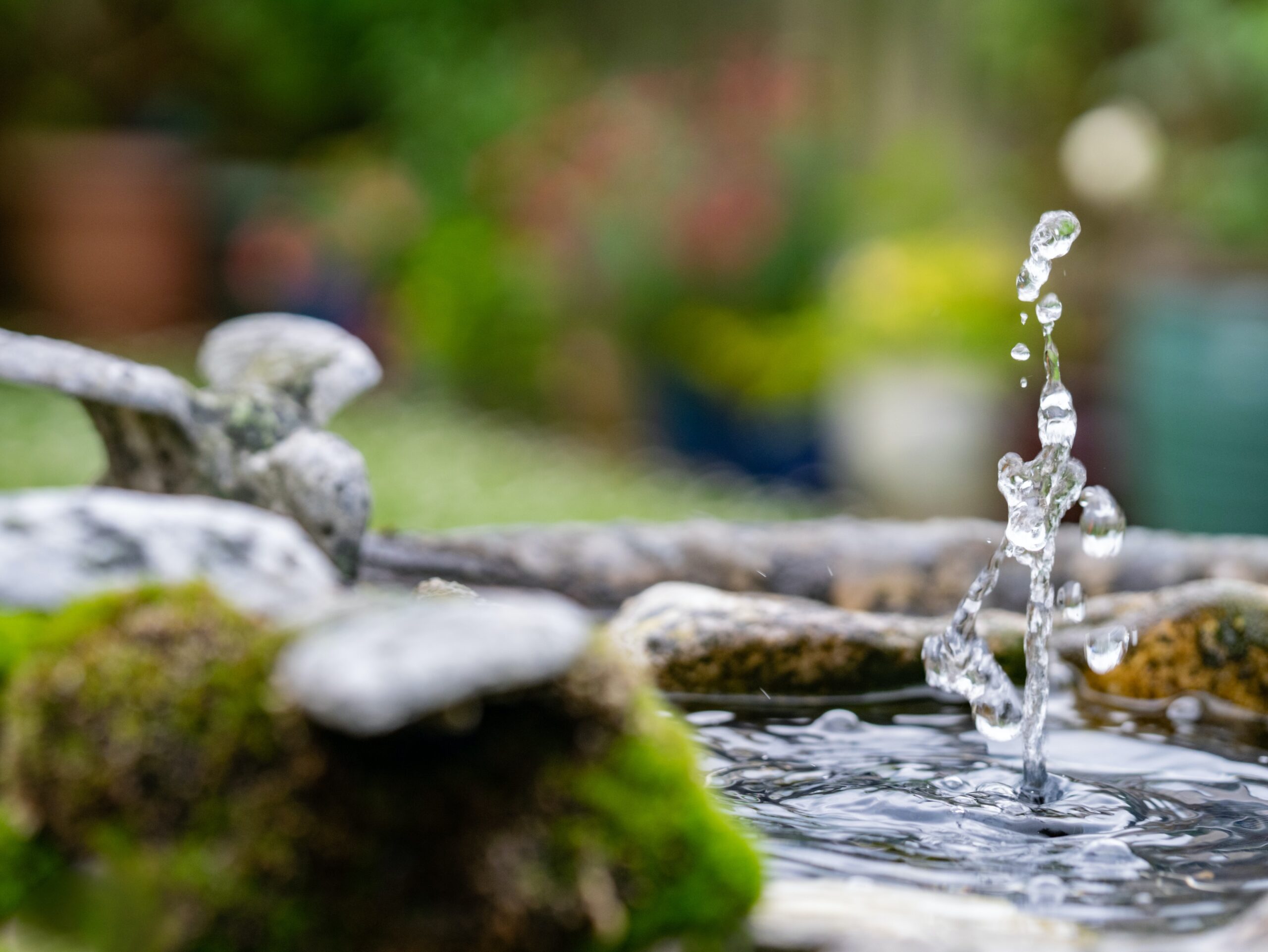Top 5 Trees for a Small Garden
Trees for Small Gardens
I am often asked which trees are best for small gardens, it can be difficult to choose a tree with limited space so I thought I would list my top five.
First of all, what size is a small garden?
In the area I work which is Brighton, Sussex in the U.K there are all types of gardens ranging from large estates to tiny courtyard gardens. A typical small garden can range from 5x5m to 10x10m so this is the size I had in mind when I thought of my list.
So in no particular order, here are my top five!

No 1 Amelanchier lamarckii
Amelanchier trees have it all and you get a lot of ‘bang’ for your ‘buck’ when you purchase one of these. They have masses of Spring blossom, great Autumn colour and have edible fruits. They have a compact habitat and can be grown as a standard or multi stemmed making them perfect for a small garden. Common names for this beautiful tree are snowy mespilus, juneberry and serviceberry.
This beautiful little tree blooms early in Spring with white and pink tinged star shaped blossom. These are followed by coppery leaves which turn fresh green in Summer before turning shades of red and orange in Autumn. Black berries in Summer are produced which are edible and are loved by wildlife.
Amelanchiers will grow to 8m in height to 5m wide as standard trees, smaller if you grow the multi-stemmed form. They don’t mind being pruned so can be kept to a good size for your garden. They tolerate all types of soil so can be an easy choice to make.
No 2 Cornus kousa ‘Miss Satomi’
Cornus kousa is my favourite all time tree and is a great choice for a small garden.
This variety produces stunning pink bract-like flowers in June that can last up to 2 months if planted in semi shade. It is a real show stopper so great as a focal point when it matures.
The leaves are fresh green turning shades of red and orange in Autumn which is a lovely bonus for this elegant tree. After flowering red fruits are produced especially during a warm summer.
The only down side with this tree is that it is quite slow growing so it is good to purchase a larger one if you can afford it.
It does like rich soil so will struggle on thin soils like sand and chalk. This variety will grow 6m tall and spread 4m albeit very slowly!


No 3 Prunus Amanogawa
I couldn’t leave out a flowering cherry tree in my top five, I chose this one as it has a different habit to my other choices. This lovely tree has a columnar habit, hence its common name, the flagpole cherry.
Prunus Amanogawa is smothered in semi-double, pale pink blossom in late Spring which is popular with pollinators. The leaves are green/bronze in Spring and a light fresh green in Summer. It has a great Autumn colour when the leaves turn orange and red before falling.
This tree, like all cherries, prefers a sheltered spot as strong winds may strip off it’s blossom.
It prefers moist soils and will grow to 8m tall to 4m wide but is happy to be pruned so can be kept smaller.
No 4 Dicksonia Antarctica Tree Fern
The Dicksonia Antarctica Tree Fern is an amazing plant and is one of the oldest trees in the world. It is native to Tasmania, Australia and New Zealand. It is a wonderful tree for a small shady garden, it really does not do well in sun as the fronds become burnt and shrivelled.
It has a thick hairy trunk covered with aerial roots. It is very slow growing, maybe 3cm a year if you’re lucky but all different sizes are readily available.
The main thing to remember with this tree is to keep the trunk moist, it can be hosed down in Summer, it likes to be watered from the top and also likes a good feed of seaweed extract every 6 weeks.
In Winter it is recommended to protect the crown and trunk with straw wrapped in hessian or fleece.
Tree ferns work well planted in the ground but also do well in large pots.


No 5 Crataegus laevigata Paul’s Scarlet
I had to include this tree in my top five as it’s such a tough tree and does well in most conditions.
It is an amazing small tree which produces masses of deep pink, double flowers in May and also has attractive small red haws in Autumn. The leaves are glossy dark green turning yellow and bronze in October. This tree will reach a height of 5m and a spread of 4m over 20 years.
It is happy to be pruned to retain good shape.
This tree is extremely hardy and will grow in almost any condition, including, windy, coastal, polluted and damp sites. It will sit happily in full sun/semi-shade but you will not get its full potential if planted in shade.
It is a type of Hawthorn so has sharp thorns on its branches which provides a safe haven for wildlife.


